What is Backflow Prevention, and Why is it Important?
In a world where clean and safe water is essential for our well-being, the concept of backflow prevention plays a crucial plumber role. This article will delve into the significance of backflow prevention, explaining what it is, why it matters, and how it safeguards our water supply.
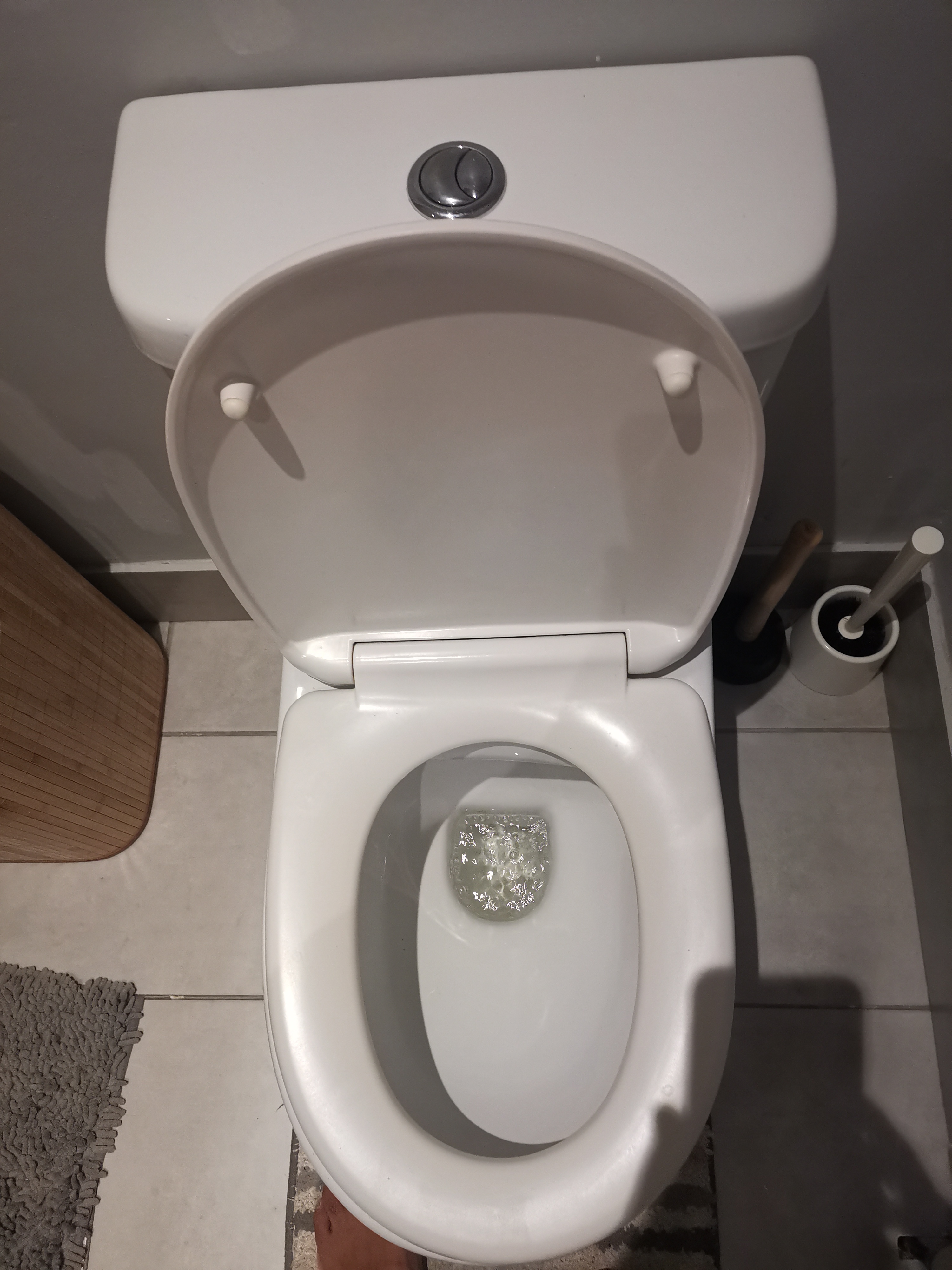
Clean water is a fundamental necessity for our daily lives, from drinking and cooking to bathing and cleaning. To ensure that our water supply remains safe and untainted, it’s essential to understand and implement backflow prevention measures.
Our Approach to Backflow Prevention
Comprehensive Backflow Prevention Services
We offer a full range of backflow prevention services to protect your home and water supply. From installing backflow prevention devices to conducting regular inspections, our team is dedicated to ensuring that your plumbing system is safe and compliant with local regulations.
The Importance of Regular Maintenance
Regular maintenance is essential for preventing backflow and ensuring the longevity of your plumbing system. By scheduling routine inspections, you can catch potential issues before they become major problems, saving you time, money, and stress in the long run.

Ensuring Compliance with Local Regulations
Backflow prevention is not just about protecting your home; it’s also about complying with local laws and regulations. We stay up-to-date with the latest standards to ensure that your plumbing system meets all required codes, giving you peace of mind.
Understanding Backflow
Backflow refers to the undesirable reversal of water flow in a plumbing system. Instead of water flowing in the intended direction, it may flow backward, potentially carrying contaminants into the clean water supply.
Backflow occurs when water flows in the opposite direction from its intended route, potentially contaminating your clean water supply with harmful substances. This can happen when there’s a sudden drop in water pressure, allowing dirty water from your home to siphon back into the main supply.
Read how we can help you with a dripping tap problem.
Types of Backflow
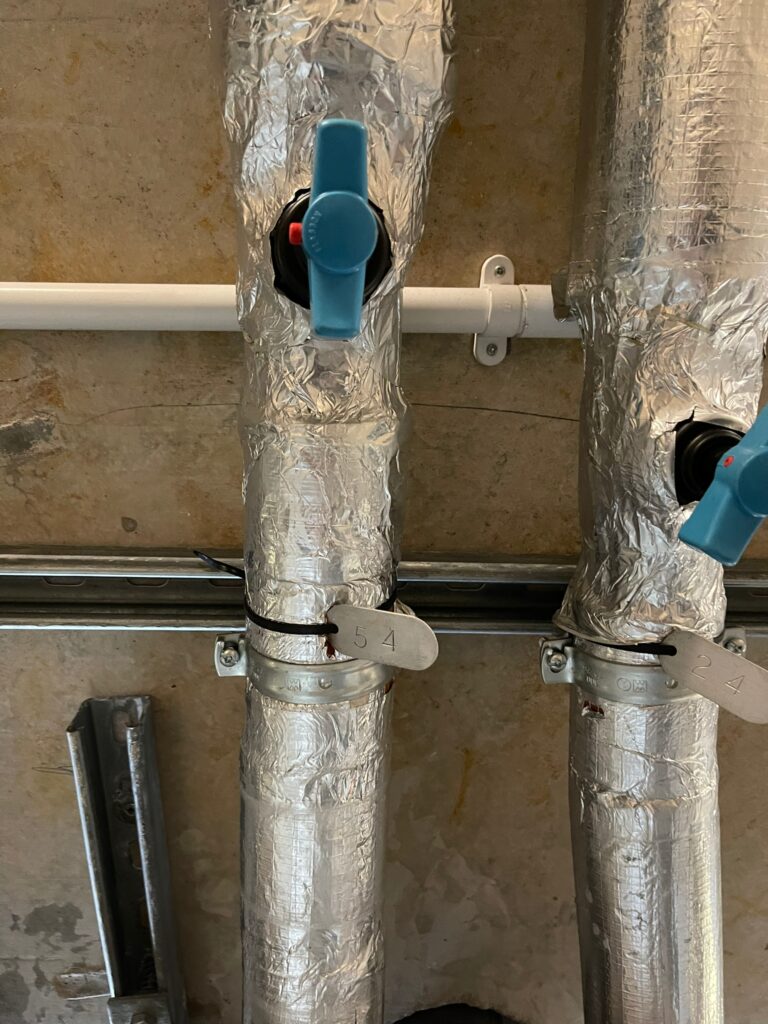
There are two main types of backflow:
- Back Pressure – Back pressure occurs when the pressure in a non-potable system becomes greater than the supply pressure. This can force water, along with any pollutants or contaminants, back into the clean water supply.
- Back Siphonage – Back siphonage occurs when there is a negative pressure in the supply system, causing water to be drawn backward. This can happen due to events such as water main breaks or excessive water demand in a particular area.
Common Causes of Backflow
Several factors can cause backflow, including burst pipes, significant drops in water pressure, or faulty valves. Even something as simple as a garden hose left submerged in a pool or bucket can create a backflow situation if the water pressure suddenly changes.
Does a Blocked Internal Pipe Cause Backflow?
How Blocked Pipes Lead to Backflow
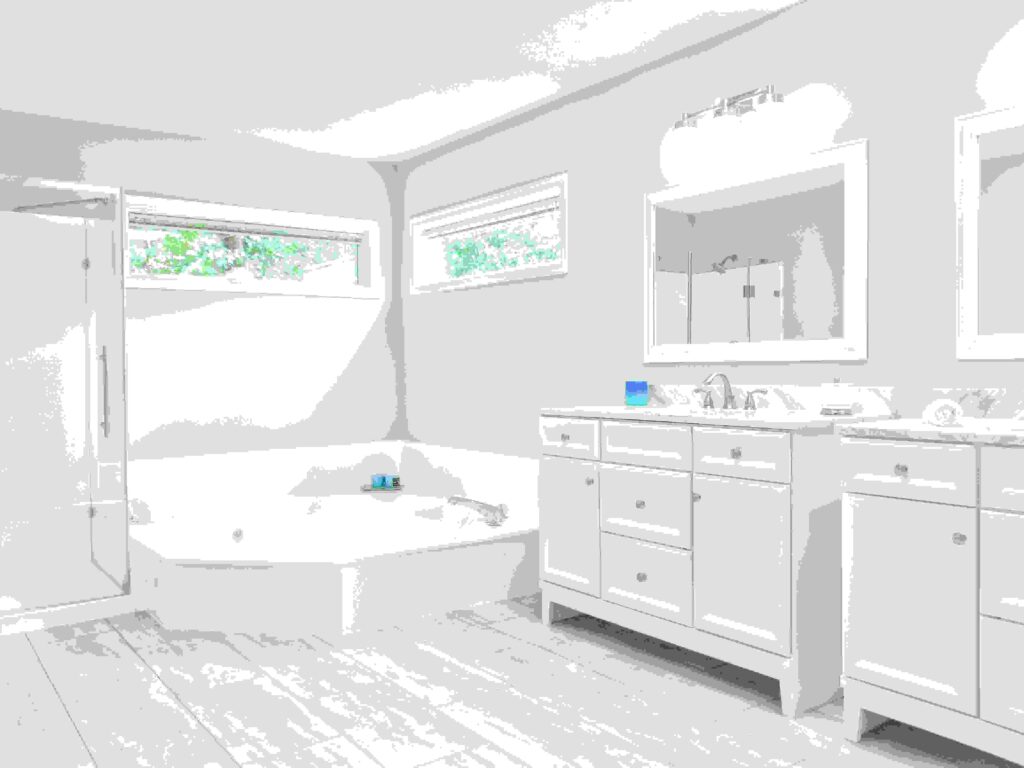
A blocked internal pipe can indeed lead to backflow. When a pipe is blocked, it creates pressure imbalances within the plumbing system, which can force water to move in the wrong direction. This not only causes potential contamination but can also put strain on your entire plumbing system.
Signs of a Blocked Internal Pipe
How do you know if you have a blocked internal pipe? Common signs include slow-draining sinks, gurgling sounds from your drains, and unpleasant odours coming from your plumbing. If you notice any of these symptoms, it’s important to address the issue quickly to prevent further complications.
Steps to Take if You Suspect a Blockage
If you suspect a blockage, it’s essential to act fast. Start by turning off the water supply to prevent any further damage. Then, contact a professional plumber who can use specialised tools to locate and remove the blockage safely and effectively.
Do Leaks in Pipes Create Backflow?
How Pipe Leaks Contribute to Backflow
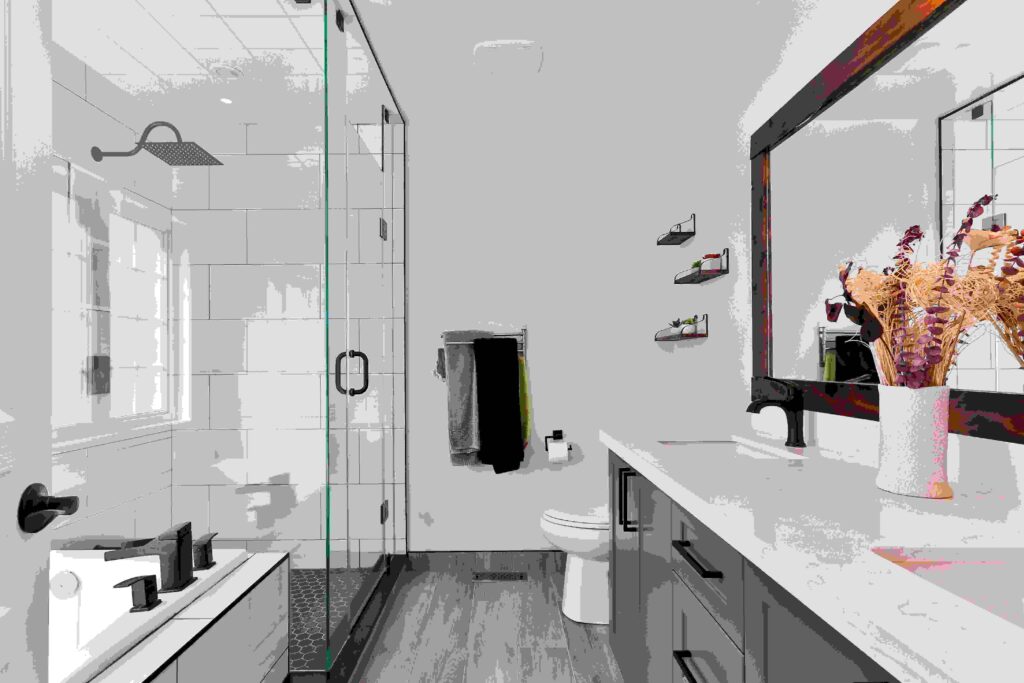
Leaks in your pipes can also create conditions that lead to backflow. When a leak occurs, it can cause pressure drops in your plumbing system, allowing contaminated water to be drawn back into your clean water supply. This is particularly dangerous if the leak is in a pipe that carries waste or if the water is exposed to harmful chemicals.
The Risks of Backflow from Pipe Leaks
The risks associated with backflow due to pipe leaks are significant. Contaminated water can lead to serious health issues, particularly if it contains bacteria or chemicals. In addition, backflow can cause extensive damage to your plumbing system, leading to costly repairs.
Preventative Measures Against Pipe Leaks
To prevent pipe leaks and the associated risks of backflow, regular maintenance is key. This includes inspecting your pipes for signs of wear and tear, ensuring that all fittings are secure, and addressing any small leaks before they become major problems.
The Importance of Backflow Prevention
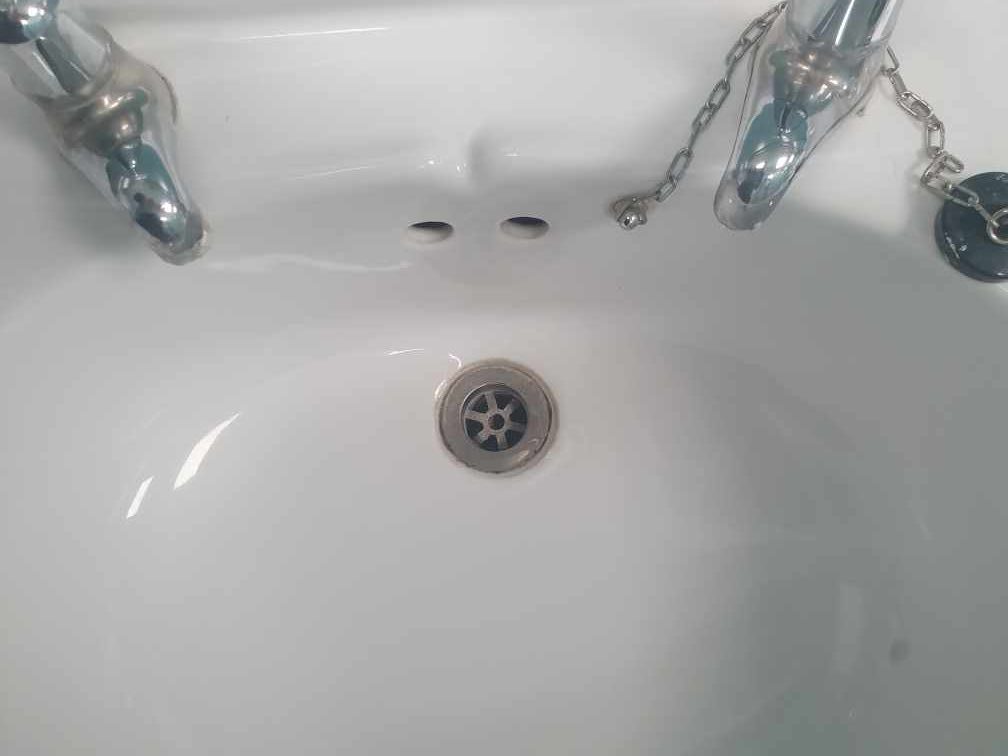
- Protecting Water Quality: One of the primary reasons for backflow prevention is to safeguard water quality. Backflow can introduce harmful substances, bacteria, or chemicals into the water supply, posing health risks to consumers.
- Ensuring Public Health: Backflow incidents can lead to waterborne diseases and illnesses. Preventing backflow is crucial for protecting public health and minimizing the risk of contamination.
- Legal Requirements: Many jurisdictions have established regulations that require the installation and maintenance of backflow prevention devices, particularly in commercial and industrial settings. Non-compliance can lead to penalties and legal consequences.
Preventing Backflow
Preventing backflow is crucial for maintaining the safety and purity of your water supply. Contaminated water can pose serious health risks, which is why many areas have strict regulations requiring backflow prevention devices in certain plumbing systems.
Backflow Prevention Devices

To combat the risks associated with backflow, various devices and methods are used. Here are some common backflow prevention devices:
- Air Gaps – An air gap is a physical separation between the water supply and potential contaminants. It ensures that water cannot flow from the non-potable system into the potable water system.
- Check Valves – Check valves allow water to flow in only one direction, preventing backflow. They are commonly used in residential plumbing systems.
- Reduced Pressure Zone (RPZ) Assemblies – RPZ assemblies are advanced backflow prevention devices used in commercial and industrial settings. They provide a higher level of protection against backflow.
Backflow Prevention in Residential Settings
In homes, backflow prevention is typically achieved through the installation of check valves and proper maintenance of plumbing systems. It’s essential for homeowners to be aware of these measures to protect their water supply.
Backflow Prevention in Commercial and Industrial Settings

Commercial and industrial facilities often require more robust backflow prevention measures due to the higher risk of contamination. This includes the installation of RPZ assemblies and regular testing.
Maintenance and Testing
Regular maintenance and testing of backflow prevention devices are essential to ensure their effectiveness. Professionals should conduct inspections and make necessary repairs to keep these devices in optimal working condition.
The Role of Plumbing Professionals
Plumbing professionals play a critical role in the installation, maintenance, and testing of backflow prevention devices. Their expertise ensures that backflow risks are minimized, protecting both water quality and public health.
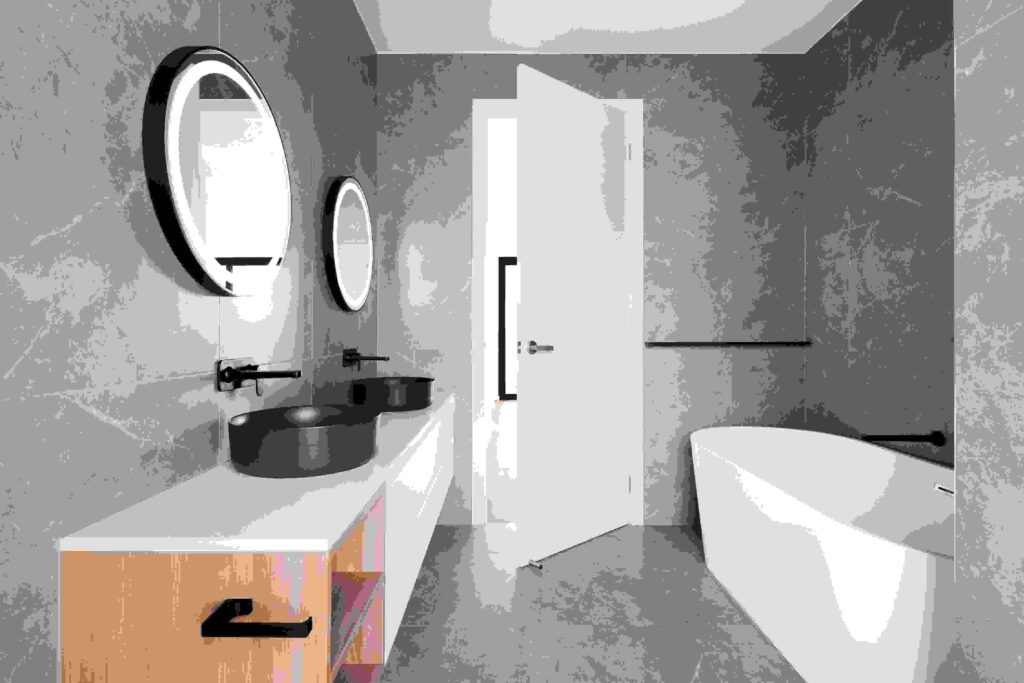
Backflow prevention is not just a technical plumbing issue; it’s a matter of public health and safety. Understanding what backflow is and why it’s important can help individuals and communities take the necessary steps to safeguard their water supply.
FAQs
What is backflow?
Backflow is the undesirable reversal of water flow in a plumbing system, potentially allowing contaminants to enter the clean water supply.
How can backflow affect water quality?
Backflow can introduce pollutants, bacteria, or chemicals into the water supply, compromising its quality and safety.
Are there regulations regarding backflow prevention?
Yes, many jurisdictions have regulations that require the installation and maintenance of backflow prevention devices, especially in commercial and industrial settings.

Can I install a backflow prevention device myself?
It’s recommended to hire a professional plumber Bristol to install backflow prevention devices, as they have the expertise to ensure proper installation and compliance with local regulations. While there are some steps you can take to reduce the risk of backflow, such as not submerging hoses in standing water, professional installation of backflow prevention devices is the best way to ensure your home is protected.
How often should backflow prevention devices be tested?
The frequency of testing varies by jurisdiction and the type of device. It’s best to consult local regulations and a plumbing professional for guidance on testing schedules.
How often should I have my pipes inspected?
It’s recommended to have your plumbing inspected annually to catch any potential issues early and ensure everything is functioning correctly.
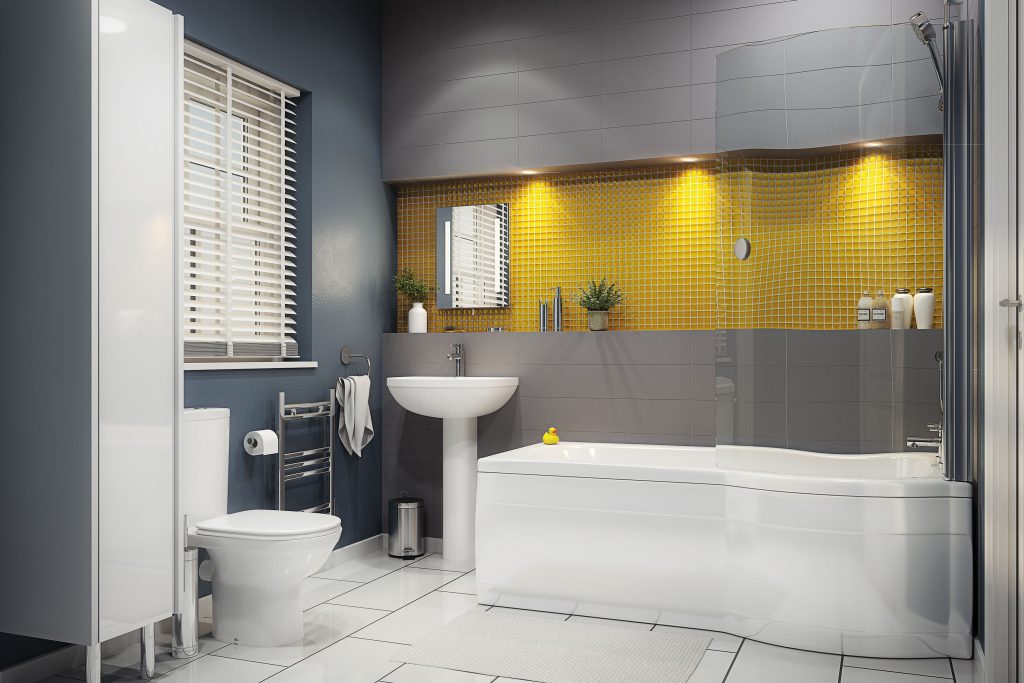
This article has provided valuable insights into the world of backflow prevention, emphasizing its importance in maintaining clean and safe water for all. By understanding the risks and implementing the necessary measures, we can ensure that our water supply remains free from contamination and safe for consumption.
